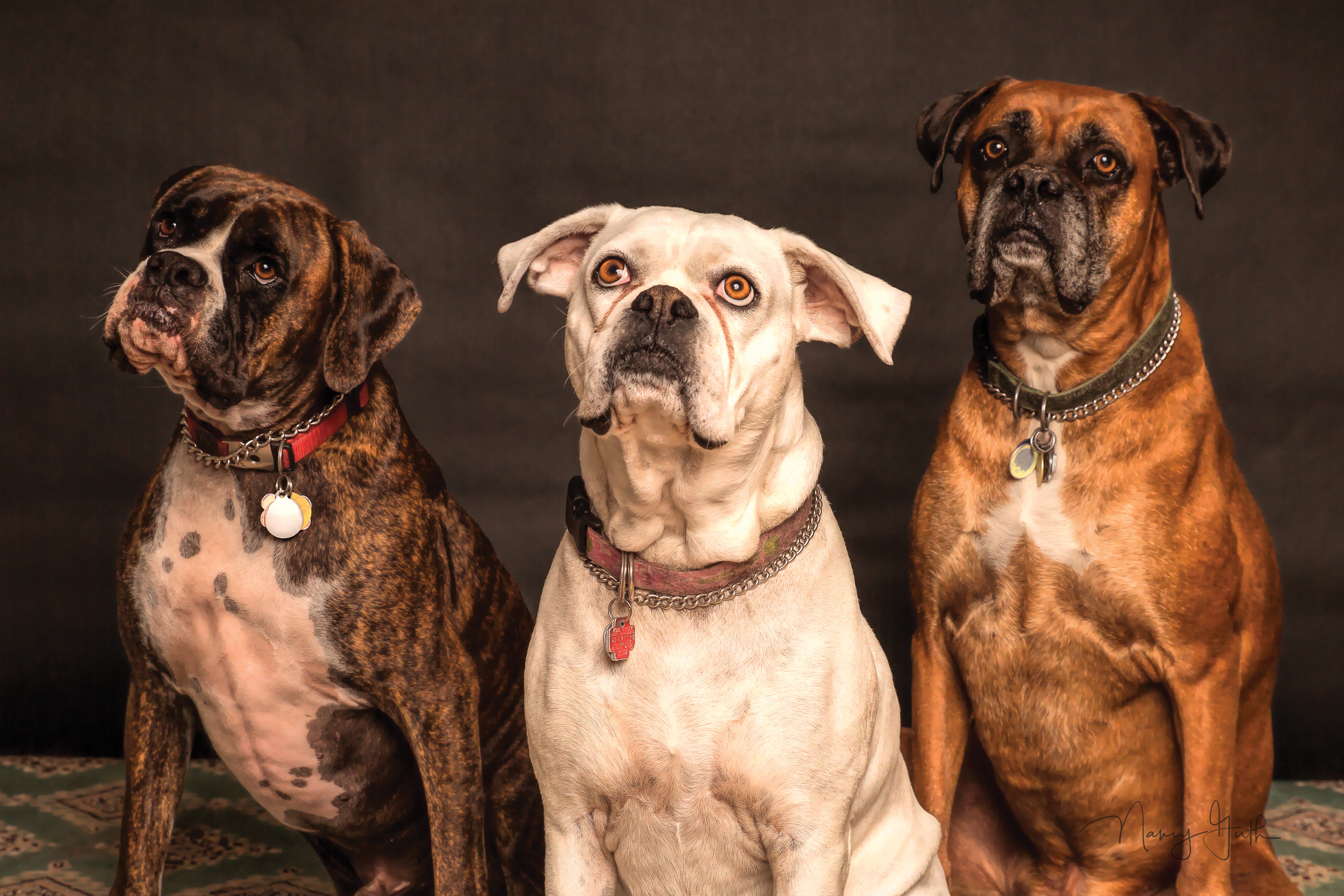Originally published in American City Business Journals
By David Levin
Employers can improve workplace happiness and staff loyalty by featuring pictures of employees’ furry, scaled or feathered friends on screens around the office.
Pets at work are good for our health. Employees who bring pets to work enjoy lower stress, blood pressure and cholesterol levels and are more productive than other workers, according to a Pets at Work survey. That’s why some of America’s best companies, from Google to Ben & Jerry’s, allow dogs at work.
For example, Amazon has more than 4,000 registered dogs on its 30,000-person Seattle campus, and on any given day there are some 500 canines at the office. The online retailer even has designated Lara Hirschfield as “Woof Pack Manager.” Hirschfield told LinkedIn, “It’s a really great indication of our culture: We work hard, we innovate, we push boundaries, but we also have a lot of fun. I tell other organizations, it’s a priceless benefit.”
Fostering a pet-friendly workplace helps employee retention, too. A study by Banfield Pet Hospital finds that 82 percent of employees feel a greater sense of loyalty to employers as a result of pet-friendly workplace policies.
That was among the benefits we at Four Winds Interactive enjoyed when we used to allow employees to bring their pets to work while we were located at warehouse-style offices near Coors Field in Denver. However, as our company expanded, about 18 months ago we moved to a larger space at our current location in Denver’s Museum District. Unfortunately, our new offices are located in a more traditional downtown space where the landlord does not allow pets. That’s a reality facing many employers that might like to be pet-friendly. The Society for Human Resource Management’s 2016 Employee Benefits report finds that just 7 percent of employers allow pets at work.
Nevertheless, having seen the benefits of having pets in the office, we wanted a way to continue to include pets in our working day. What we came up with was showing pictures of pets on display screens that were already in place throughout our offices — a digital way of bringing pets to work.
These screens are typically used to display such things as team-based goals, employee communications and wellness messages. We decided to add pictures of pets, with their name and the name of their owner, to the rotation. Now, we display pet snaps for the final five minutes of every hour. That’s 45 minutes of pet pictures on display over a nine-hour work day. Employees say it makes them feel more connected at the office, and visitors get a kick out of it, too.
It’s important to include pets in the office environment because 65 percent of Americans say their dog is part of their family. We know this simple idea of showing pet pictures engages employees because many of them regularly update their pet photo so that fresh images appear regularly, whether that’s their dog or cat enjoying a fun activity, or their pot-bellied pig sporting a new costume.
It’s all part of blending our personal lives with our professional lives in a healthy way to make our office a more attractive and productive place to be.
Americans love their pets — nearly 80 million families have one — and it’s almost a national pastime to browse cat and dog snaps online. People magazine has even made a clickbait-worthy list of the most influential pets on the Internet, with Grumpy Cat at No. 1 on the list. The cat with dwarfism started as an online meme and built an empire from endorsement deals. Others in the top 10 include Pomeranian Jiff Pom, the star of a Katy Perry video, as well as Instagram sensation Doug the Pug — the pooch with one billion Facebook video views.
Using screens to display pet pictures is just one of myriad ways employers can boost social interactions to increase productivity and a sense of community. According to Gallup, having close friendships at work boosts employee satisfaction by 50 percent, so anything sparking cheerful conversations among staff helps morale.
All this pet talk has me wanting to start a discussion with my work colleagues about why Denver the Guilty Dog didn’t make People’s list!
David Levin co-founded Four Winds Interactive in 2005 with a vision for how digital technology would transform the way businesses communicate and engage with their customers and employees. Today, FWI has 6,000 clients and more than 500,000 screens deployed. Prior to FWI, he co-founded Sage Circle, a software and consulting services firm, and was an associate at Denver-based venture capital firm Cornerstone Ventures.

